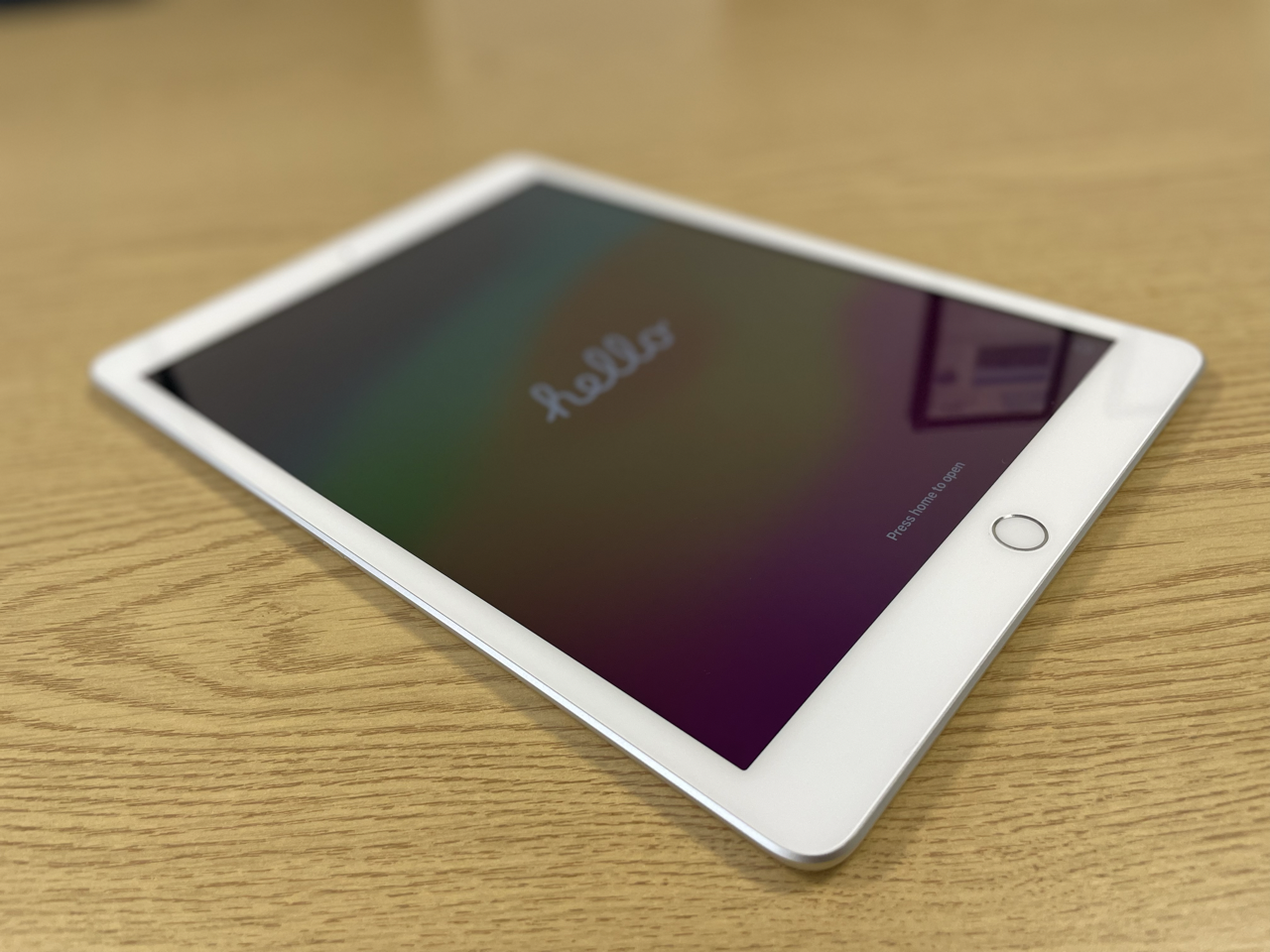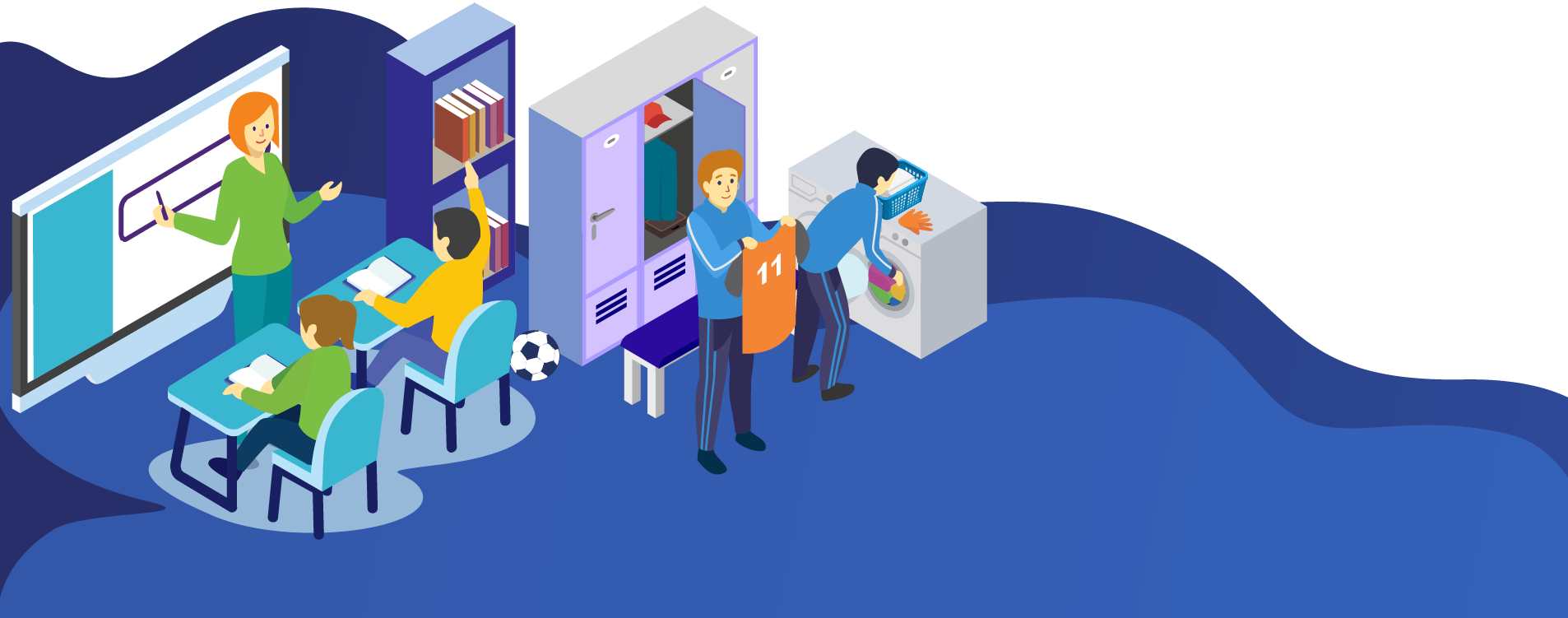Project-based learning: The next big thing to shake up education?
Find out more about project-based learning – the techniques, the technology and the benefits for students – in our latest blog.

Project-based learning (PBL) can be summed up as “learning by doing”. It’s an approach for equipping students with the skills for real-world challenges, by presenting them with realistic, engaging projects to work through.
How does project-based learning work?
The PBL approach involves students working independently or in small groups and encompasses the following characteristics:
- Makes use of 21st-century skills like critical thinking, creativity and collaboration
- Focuses students on a question/problem/challenge to research and respond to or solve
- Ties tasks in with what students should know and understand academically
- Incorporates student choice and autonomy
- Requires students to present their research process, issues, methods and results
- Integrates opportunities for feedback and revision: time should be allocated throughout to reflect on what’s working, what isn’t and what should be done differently. Teaching staff also need to reflect on how the project went by analysing student work and discussing feedback.
Why is project-based learning effective?
Traditional learning is often entrenched in the academic. PBL, on the other hand, connects students to real life by presenting them with authentic challenges, just like those they’ll encounter in the workplace.
Rather than simply memorizing and regurgitating information, PBL offers students the chance to engage with learning in a hands-on way – which can increase motivation and improve student outcomes.
Due to its focus on modern-day skills, PBL can improve students’ technical abilities. Technology-based projects tend to be interdisciplinary, collaborative and inquiry-based, which correspond to a range of student learning styles – meaning no-one’s “left out”. With the current shortage of individuals with the skills to pursue careers in STEM fields, and the increased focus on STEM subjects and education technology in the curriculum, PBL has to be a positive step towards addressing this!
How can I support project-based learning in the classroom?
1) Organise the space:
In a PBL classroom, the emphasis is on group work and collaboration. Therefore, the space needs to be organised to facilitate this. Cluster desks together in small groups. You could also consider using floor mats or cushions for group work, if these are available. If students are working on a tech project, they’re likely to need access to a large work surface and the appropriate tools.
2) Access to learning aids/information:
PBL isn’t about listening and taking notes! Students will need easy access to equipment such as iPads, interactive screens and white boards, information materials like reference books, and presentation supplies (for creating project displays).
3) Monitor use of technology:
A key objective of PBL is to equip students with skills for the working world. The overwhelming majority of today’s professionals carry out online research, use spreadsheets or databases to record and share information, and make use of presentation software or video to collate and present ideas.
Despite this, technology can be a big distraction and can easily become a time sink! Teachers should keep on top of this by providing guidelines on its use. They’ll also need to monitor students to ensure they stick to them.
4) Ensure teacher input:
Although PBL is student-led, projects are unpredictable so teachers need to be readily available, engaged and supportive. They also have a responsibility to ensure that students fully understand the project topics and goals, as well as making sure they have the resources and materials needed. Knowing when to observe and when to intervene is a key skill for teaching using the PBL method!
Incorporating PBL in your classroom might be an intimidating thought, but the signs show that this approach is only likely to gain momentum. Taking time to explore the idea and experiment with one or two projects initially could be a good start. Who knows what you might discover?
Would you like to learn more about the tools to support PBL in your school? Contact the friendly team at Utility Rentals!
Tags
Similar Articles
Obsolescence: The hidden risk of buying iPads for schools
Buying iPads for your school sounds like a great idea. They’re the gold standard of EdTech: expertly made, aesthetically pleasing…
Leasing with ClaaS: the year in review
In April 2024, Utility Rentals launched a sister company, Classroom as a Service (ClaaS) to provide specialist finance to schools…



